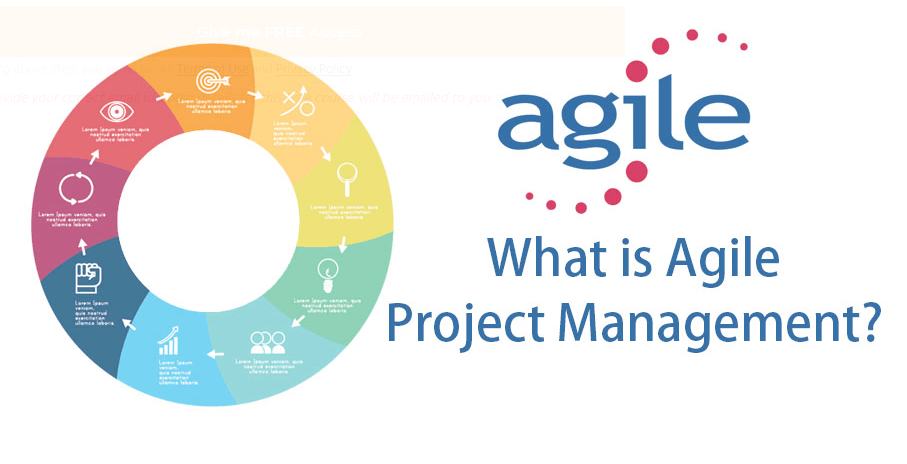
What is agile project management?
28 October 2019What is agile project management?
Agile project management is an incremental and iterative approach to delivering requirements throughout the project life cycle. At the core, agile projects should exhibit central values and behaviors of trust, flexibility, empowerment, and collaboration.
Agile project management principles There are several methodologies that can be used to manage an agile project; two of the best known to be Lean and Scrum. An agile project’s defining characteristic is that it produces and delivers work in short bursts (or sprints) of anything up to a few weeks.
These are repeated to refine the working deliverable until it meets the owner’s requirements. Where the known project management will establish requirements in detail and detailed plan at the start then attempt to follow the plan, agile starts work with a rough idea of what is required and by delivering something in a short period of time, clarifies the requirements as the project progresses.
These frequent iterative procedures are a key feature of an agile project and cooperative relationships are developed between stakeholders and the team members that deliver the job because of this manner of working. The scope has to be adaptable where no detailed requirements exist initially, but agile still have processes to ensure that, at each stage, the work to be done is defined and in-line with client needs.
The project manager’s role is different on agile construction projects (and is often known as the Scrum Master or Project Facilitator); it is the team member who deals with problems and handles interruptions to allow the other team members to concentrate on producing the work.
Agile projects need reviews, processes and documentation just as traditional projects do to meet requirements, manage schedules and costs and, deliver benefits and avoid scope creep; agile simply does not place as much emphasis on very detailed documentation and does not expect to fully understand the requirements before work can begin. Instead, it emphasizes the importance of delivering a working product as something tangible for the client that can then be refined until it fulfills the owner’s needs. The key measure of progress of the project is this series of working deliverables.
Why is agile project management is important?
Agile project management has its disadvantages such as less easy identification of project risks and poor management of resources, and many project teams don’t understand how to use agile project management effectively. However, with the fast pace of business change in the 21st century, many projects need to be sure they will deliver something that meets client needs at the end of the project and not expends wasted effort refining requirements that will be out of date by the time the end-product is delivered.
Agile project management has its disadvantages such as less easy identification of project risks and poor management of resources, and many project teams don’t understand how to use agile project management effectively. However, with the fast pace of business change in the 21st century, many projects need to be sure they will deliver something that meets client needs at the end of the project and not expends wasted effort refining requirements that will be out of date by the time the end-product is delivered.
Even in business environments that don’t change rapidly, it can be difficult to fully articulate requirements without seeing a tangible product first so there is still the risk of delivering something that does not quite meet the owner’s needs. That is why agile is becoming increasingly necessary for many different projects’ types.







